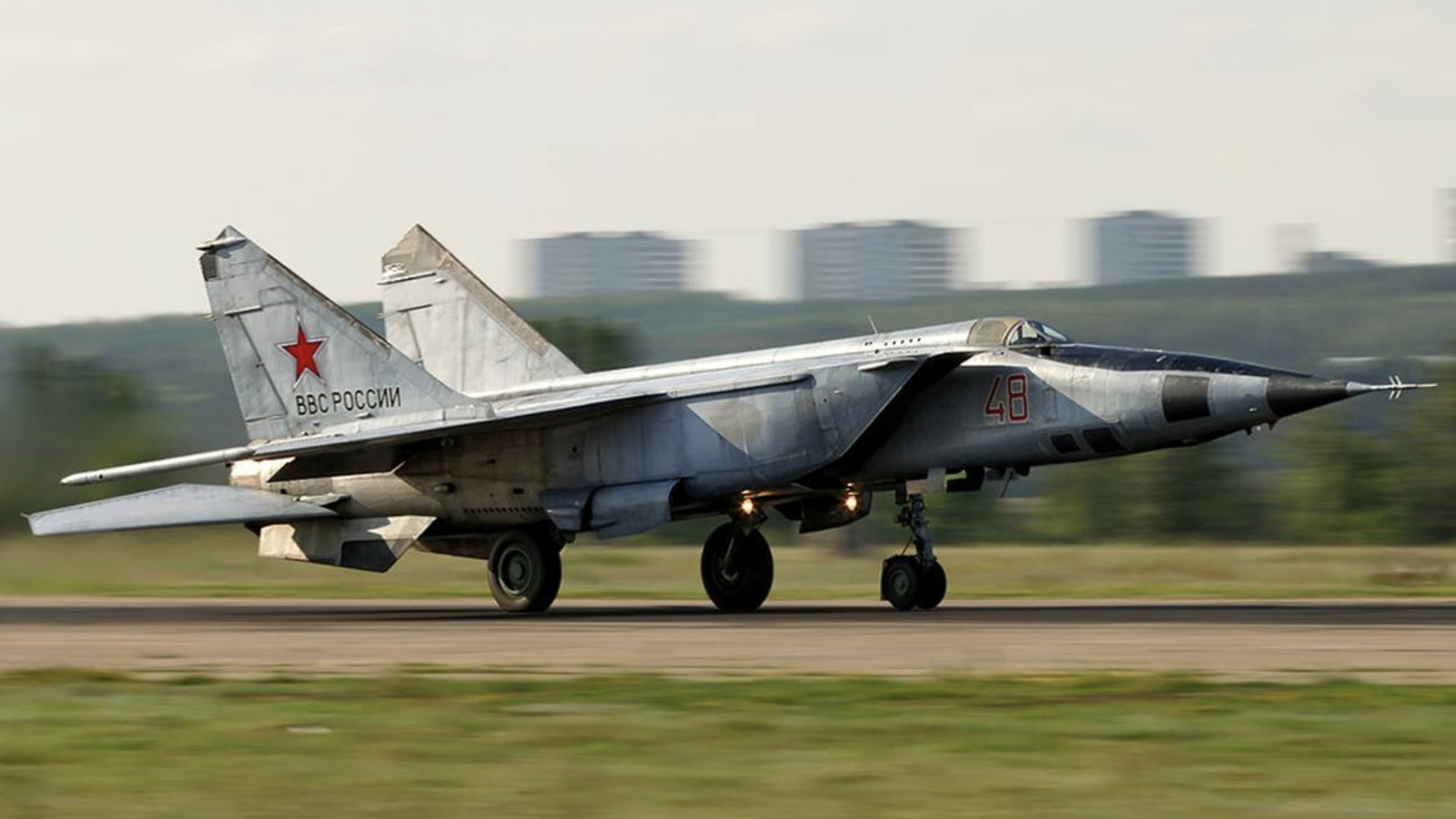
No plane in history has created the mix of wonder, terror, and confusion that the Mikoyan-Gurevich MiG-25, called the “Foxbat,” did during the Cold War. Western intelligence officers were bewildered by fuzzy spy photos hinting at a gargantuan and seemingly unstoppable aircraft. Its huge wings, massive air intakes, and strange design hinted at a super-plane for extreme speeds, an airplane that looked to dominate the skies with just a glance.

To the Americans, the MiG-25 looked like the ultimate fighter, a nearly invincible menace that led to the quick development of the McDonnell Douglas F-15 Eagle. But beneath that ominous shadow, the Foxbat possessed highly specific strengths and weaknesses that would not be revealed until later.

The MiG-25 was not constructed to shine in air-to-air combat or stay on station for prolonged periods. Rather, it was intended to address a very definite challenge: the advent of Mach 2-plus American supersonic bombers during the latter half of the 1950s and early 1960s, like the B-58 Hustler and XB-70 Valkyrie testbed.

These bombers would cruise at speeds far in excess of those Soviet interceptors could achieve, and an urgent requirement for a fast, high-altitude aircraft that could take off rapidly, intercept and destroy a nuclear bomber before it had a chance to drop its payload, and return to base quickly arose. Maneuverability, range, and flexibility were secondary issues in this design philosophy.

Construced out of desperation more than indulgence, the Foxbat employed primarily nickel-steel in its airframe instead of expensive titanium alloys. The selection enabled it to withstand the high temperatures produced at velocities higher than Mach 2.8 but also rendered the aircraft heavy and prevented it from being as agile.

Two of the mighty Tumansky R-15B-300 turbojets powered the MiG-25 to incredible velocities, with a cruise speed of Mach 2.83 and occasionally breaking into the Mach 3 range in emergency situations, though with heavy punishment taken by the engines. The aircraft burned fuel at a prodigious rate, reducing its combat radius to relatively short distances, and high-speed flight put incredible strain on its powerplants.

The MiG-25 achieved astounding records, gaining altitude to more than 123,000 feet and reaching stunning speeds. However, it could only handle around 4.5 Gs, which made it poorly suited for battle with very agile fighters. Its RP-25 “Smerch-A” radar was successful in most circumstances, but it had difficulty detecting targets flying low—a shortcoming that was increasingly problematic as Western bombers began flying low-altitude patterns.

In combat, the Foxbat experienced mixed results. Reconnaissance aircraft flew outstandingly, higher and quicker than the enemy planes could track. Iraqi MiG-25s during the Gulf War and Iran-Iraq War managed to down a few Western aircraft, like an American Navy F/A-18, but they also lost aircraft when pitted against better-equipped planes such as the F-15. The plane’s legendary status was severely dented on September 6, 1976, when Soviet pilot Viktor Belenko defected to Japan in his MiG-25. Skimming low to avoid radar and landing with almost empty gas tanks, Belenko gave the West a precious intelligence bonanza.

Inspection of Belenko’s plane unearthed a considerably less foreboding reality. The MiG-25 was too heavy, used obsolete vacuum-tube electronics, and featured engines that could not economically be throttled back to safe steady-state speeds. Its radar fell behind Western technology, and its missiles were outmatched by the American U.S. SR-71 Blackbird, which flew higher and faster than the Foxbat could keep pace. Soviet pilots were advised to constrain speeds to Mach 2.5 in ordinary operations, while the SR-71 seemed invincible, cruising overhead with ease.

In spite of its drawbacks, the MiG-25 left a profound legacy. It was constructed to counter an extremely particular threat—the high-speed supersonic bomber—that ultimately never became paramount to U.S. strategy. Its failings guided the creation of its replacement, the MiG-31 Foxhound, which remedied several of the Foxbat’s vulnerabilities with enhanced avionics, longer range, and more advanced weapons.

The Foxbat might not have been the super-fighter of Western nightmares that it was thought to be, but it is a remarkable piece of history in aviation, a tribute to engineering born of crisis, fear, and strategic imperative.
